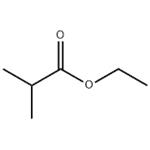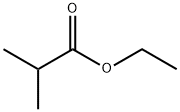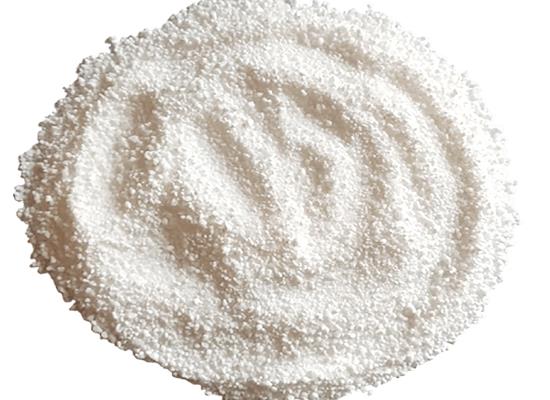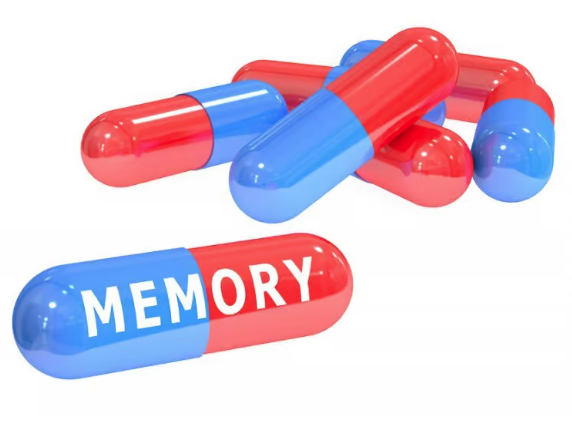The toxicity of Ethyl isobutyrate
Description
Ethyl Isobutyrate is a colorless liquid with a fruity odor. It is used in the manufacture of organic chemicals and as a flavoring. Ethyl Isobutyrate is on the Hazardous Substance List because it is cited by DOT and NFPA.

Naturally occurring Ethyl isobutyrate
Ethyl isobutyrate is reported to occur in the following foods by the VCF* and is not found in natural complex substances (NCS): Apple brandy (Calvados), Apple fresh (Malus species), Apple processed (Malus species), Apricot (Prunus armeniaca L.), Banana (Musa sapientum L.), Beer, Cashew apple (Anacardium occidentale), Ceriman, pinanona (Aonstera deliciosa Liebm.), Cheese, various types, Chinese quince (Pseudocydonia sinensis Schneid), Cider (apple wine), Citrus fruits, Cocoa category, and so on[1].
Toxicity
Ethyl isobutyrate was evaluated for genotoxicity, repeated dose toxicity, reproductive toxicity, local respiratory toxicity, phototoxicity/ photoallergenicity, skin sensitization, and environmental safety. Target data and read-across analog methyl isovalerate show that ethyl isobutyrate is not expected to be genotoxic. Data from read-across analog ethyl-2-methyl butyrate provided an MOE > 100 for the repeated dose and reproductive toxicity endpoints. Target data and read-across data from methyl 2-methylbutyrate show that there are no safety concerns for ethyl isobutyrate for skin sensitization under the current, declared levels of use. The local respiratory toxicity endpoint was evaluated using the TTC for a Cramer Class I material, and the exposure to ethyl isobutyrate is below the TTC (1.4 mg/day). The phototoxicity/photoallergenicity endpoint was evaluated based on UV spectra; ethyl isobutyrate is not expected to be phototoxic/photoallergenic. The environmental endpoints were evaluated; ethyl isobutyrate was found not to be PBT as per the IFRA Environmental Standards, and its risk quotients, based on its current volume of use in Europe and North America (i.e., PEC/PNEC), are< 1[2].
Human Health Safety Assessment
Genotoxicity: Not expected to be genotoxic.
Repeated Dose Toxicity: NOAEL = 333 mg/kg/day.
Reproductive Toxicity: NOAEL = 1000 mg/kg/day.
Skin Sensitization: No safety concerns at current, declared use levels.
Phototoxicity/Photoallergenicity: Not expected to be phototoxic/photoallergenic.
Local Respiratory Toxicity: No NOAEC available. Exposure is below the TTC.
Environmental Safety Assessment
Hazard Assessment:
Persistence: Critical Measured Value: 74%
Bioaccumulation: Screening level: 6.86 L/kg
Ecotoxicity: Screening-level: Fish LC50: 274.5 mg/L
Conclusion: Not PBT or vPvB as per IFRA Environmental Standards
Risk Assessment:
Screening-level: PEC/PNEC (North America and Europe) < 1
Critical Ecotoxicity Endpoint: Fish LC50: 274.5 mg/L
RIFM PNEC is: 0.2745 μg/L
References
[1] “Ethyl isobutyrate.” Food and cosmetics toxicology 16 (1978): Page 741.
[2] A.M. Api . “RIFM fragrance ingredient safety assessment, ethyl isobutyrate, CAS Registry Number 97-62-1.” Food and Chemical Toxicology 122 (2018): Pages S327-S335.
);You may like
See also
Lastest Price from Ethyl isobutyrate manufacturers

US $50.00-1.00/KG2024-03-25
- CAS:
- 97-62-1
- Min. Order:
- 1KG
- Purity:
- 99%
- Supply Ability:
- g-kg-tons, free sample is available


